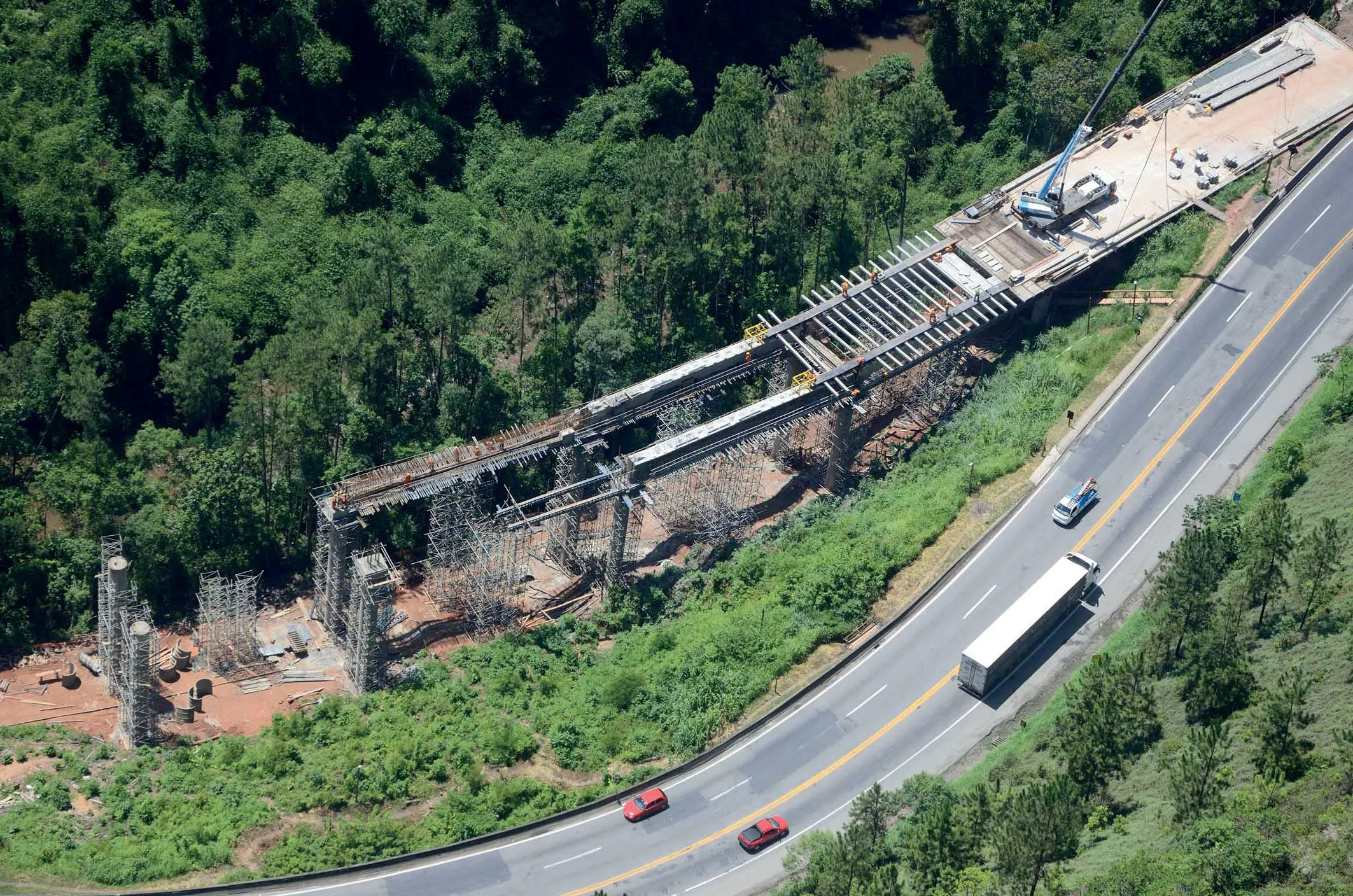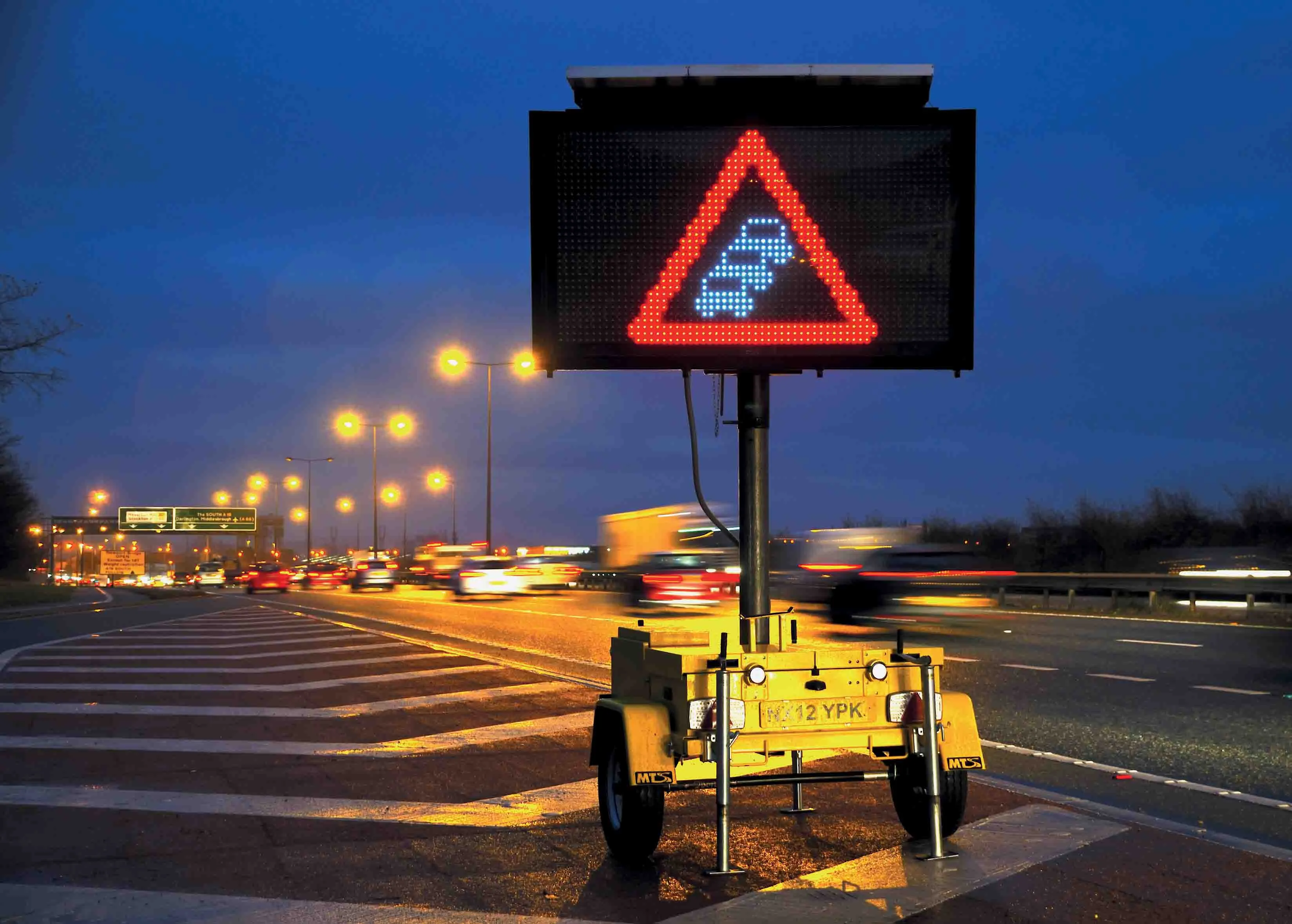The cost of the Swiss road tax vignette will more than double to US$106.50 per year from just over $40 at present. With the extra money raised, the Swiss Federal Council wants to tackle congestion on the roads throughout the country and also extend the road network.
March 16, 2012
Read time: 1 min
The cost of the Swiss road tax vignette will more than double to US$106.50 per year from just over $40 at present. With the extra money raised, the 2972 Swiss Federal Council wants to tackle congestion on the roads throughout the country and also extend the road network. This will see nearly 400 kilometres of new road added to the network in 2014, exclusively focusing on existing cantonal road links.
Other ways in which congestion will be tackled is through the opening of hard shoulders and temporary reduction of motorway speeds from 120 km/h to 100 or 80 km/h at certain times. The2970 Swiss Federal Department of the Environment, Transport, Energy and Communications (Uvek) says a section of motorway reaches its maximum capacity when vehicles travel at 85 km/h.
There were some 16,000 hours of traffic congestion on Swiss roads in 2010, which was a 30 per cent increase year-on-year. The Swiss Federal Council says the total investment in roads will cost some US$327 milion per year, nearly half of which will come from the federal government and the balance from cantons.
Other ways in which congestion will be tackled is through the opening of hard shoulders and temporary reduction of motorway speeds from 120 km/h to 100 or 80 km/h at certain times. The
There were some 16,000 hours of traffic congestion on Swiss roads in 2010, which was a 30 per cent increase year-on-year. The Swiss Federal Council says the total investment in roads will cost some US$327 milion per year, nearly half of which will come from the federal government and the balance from cantons.









